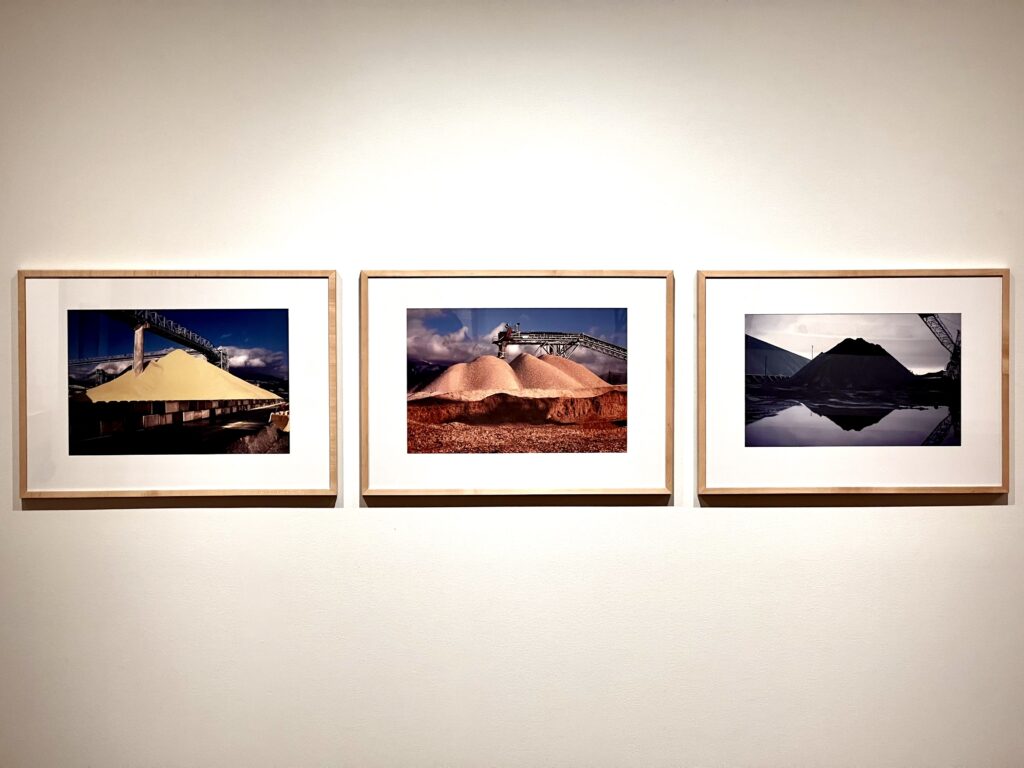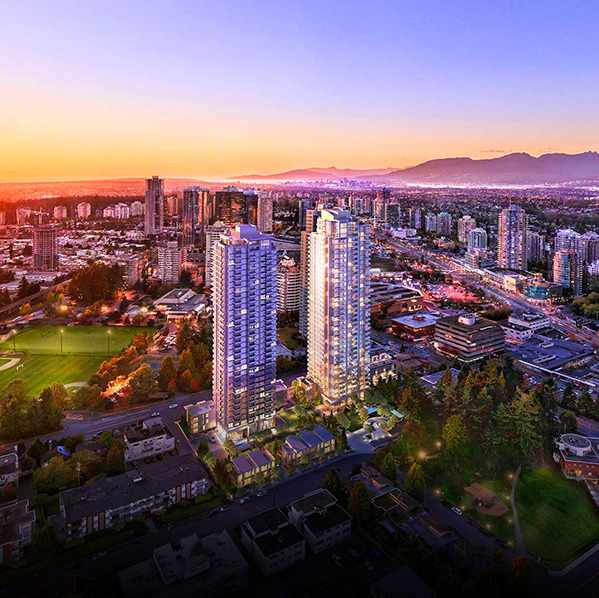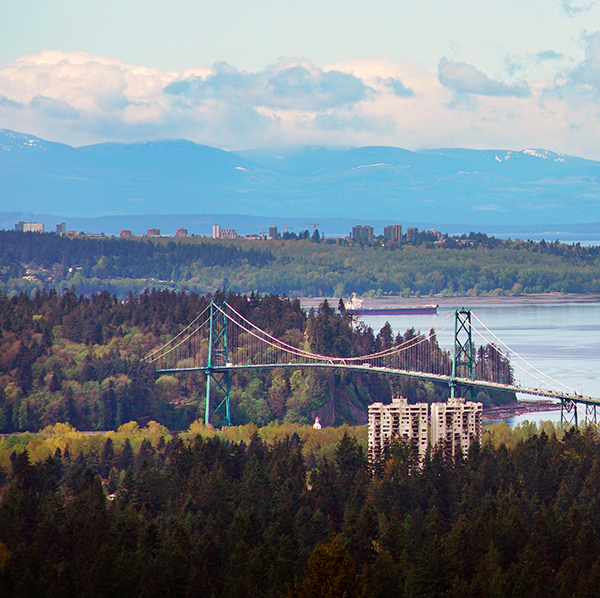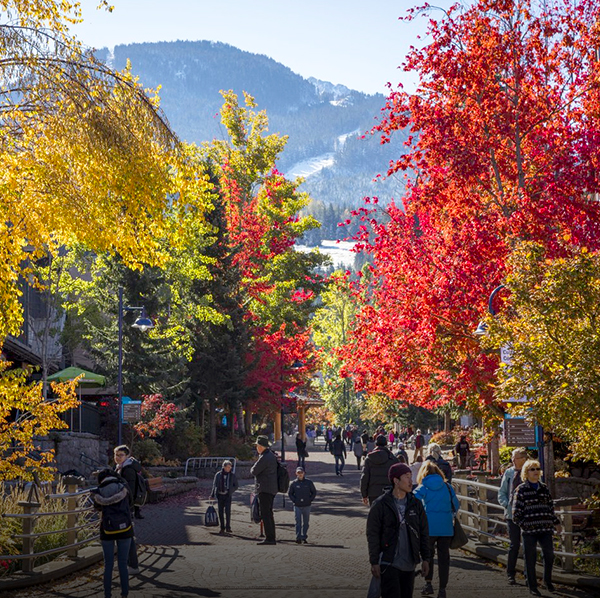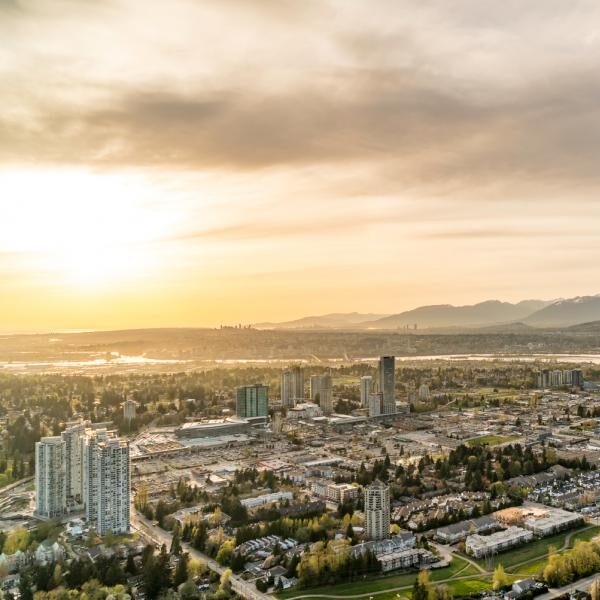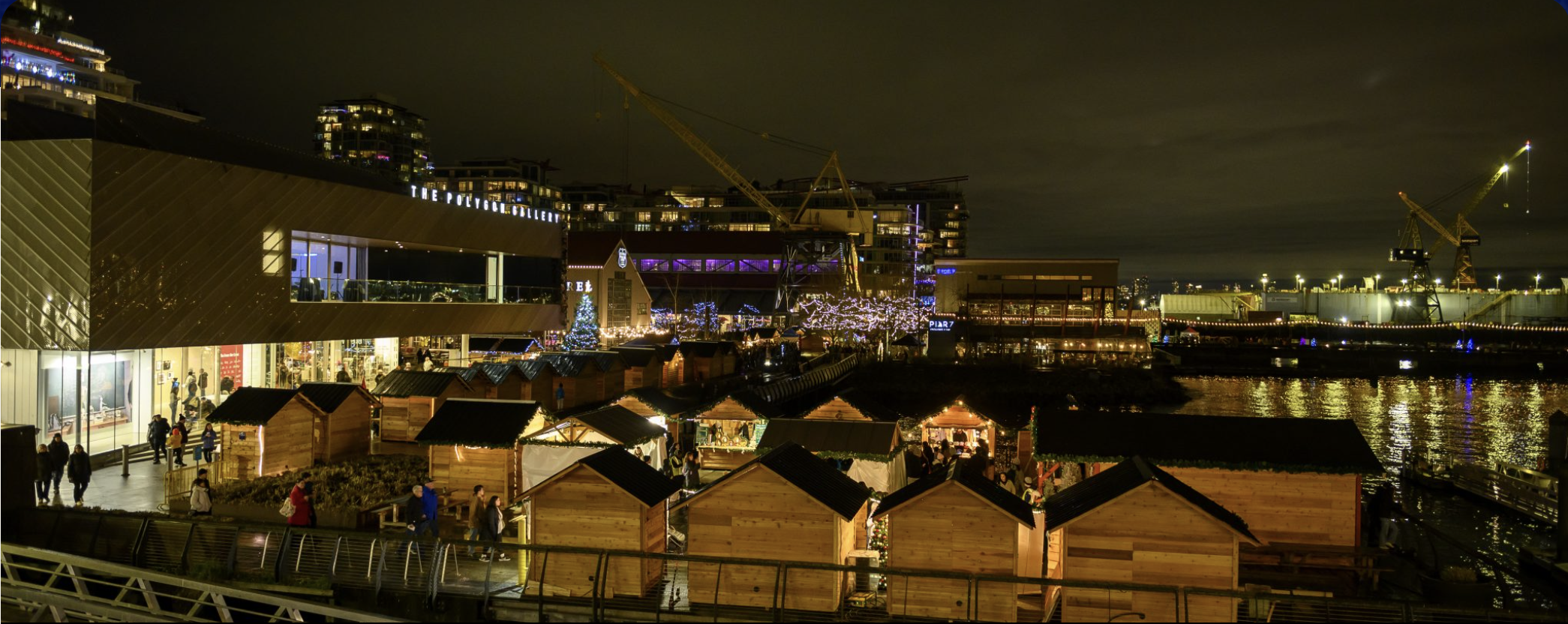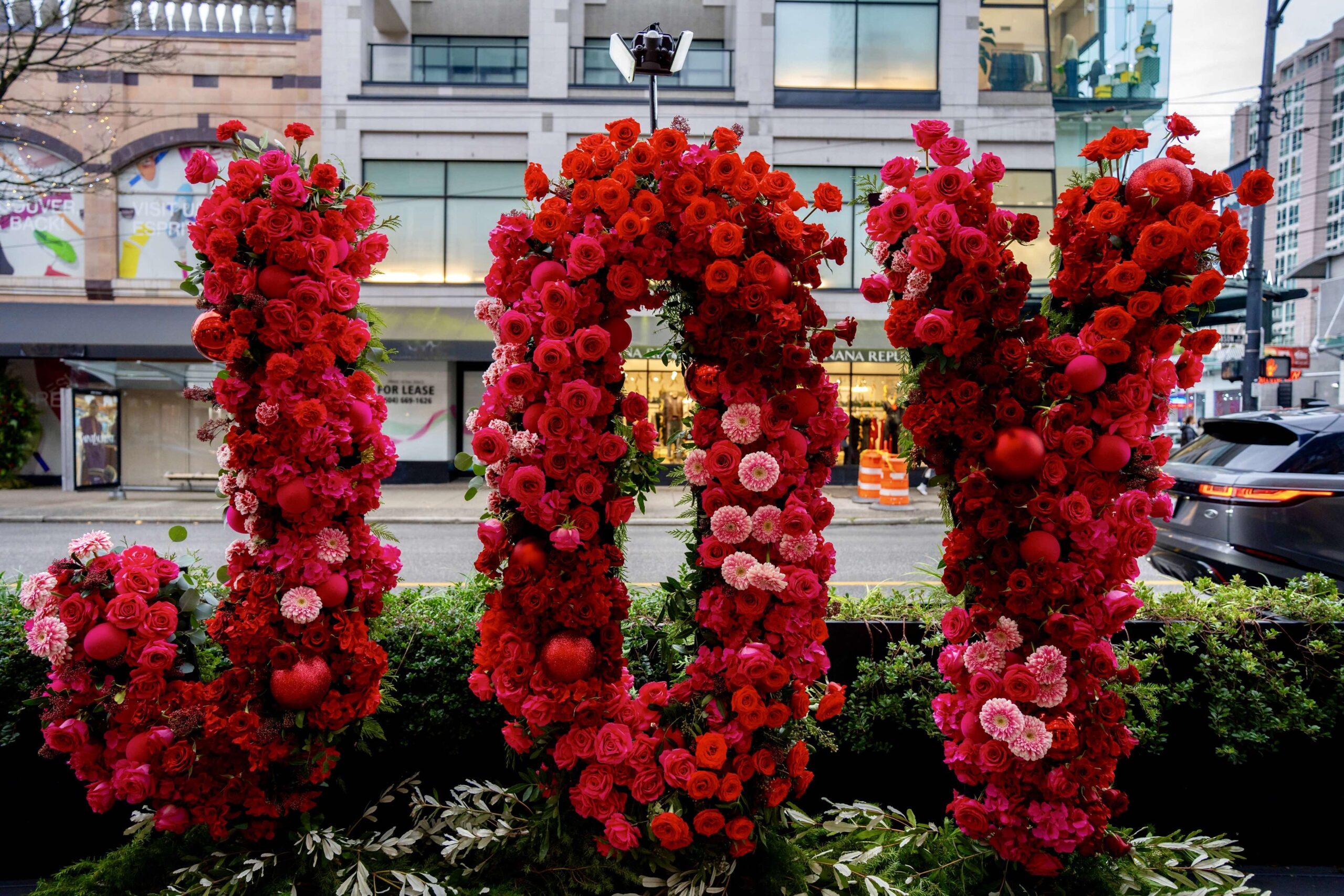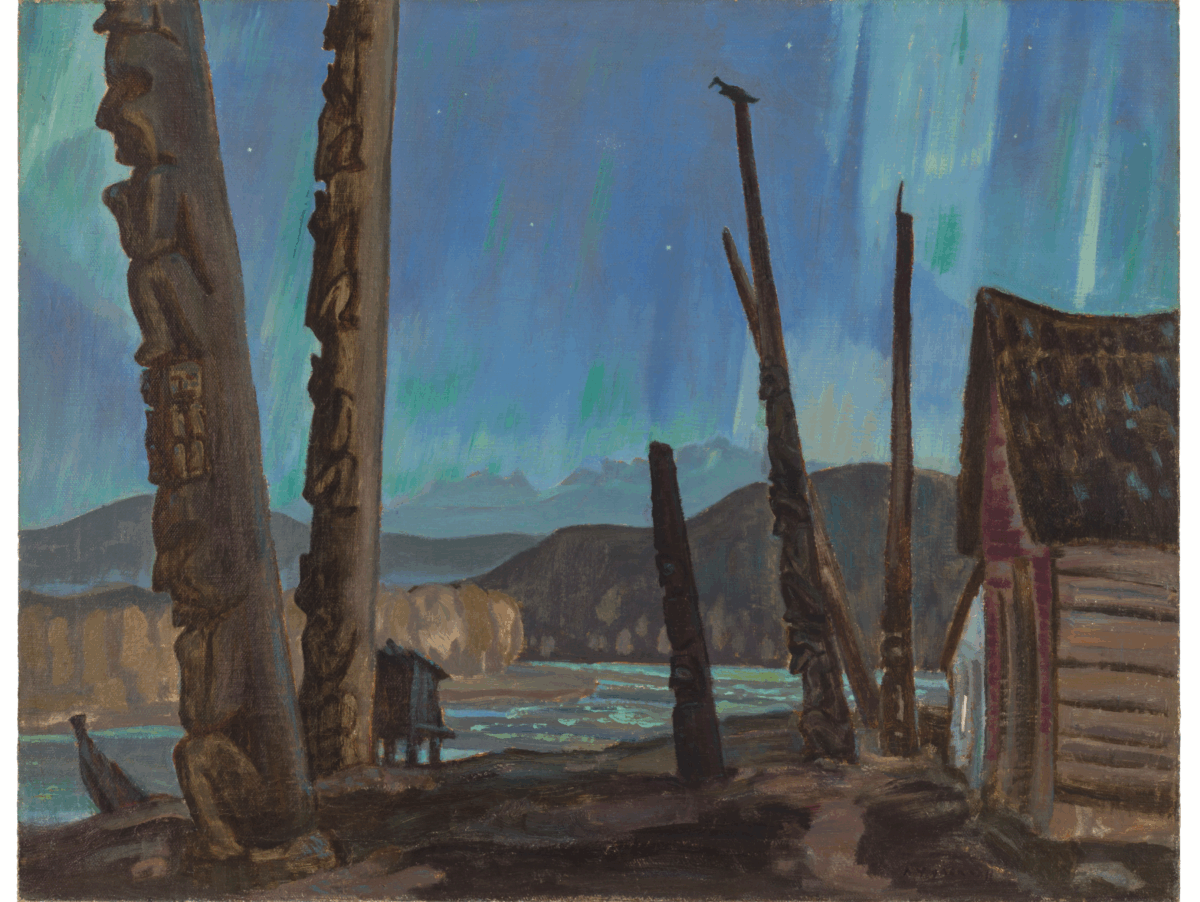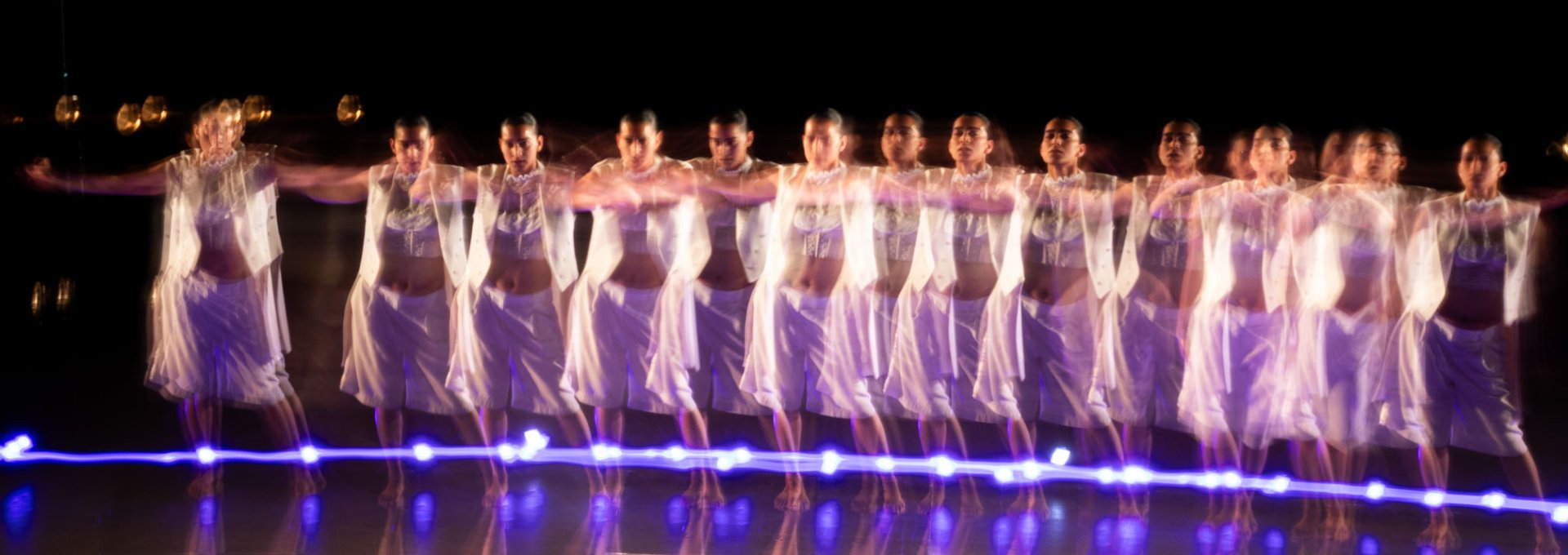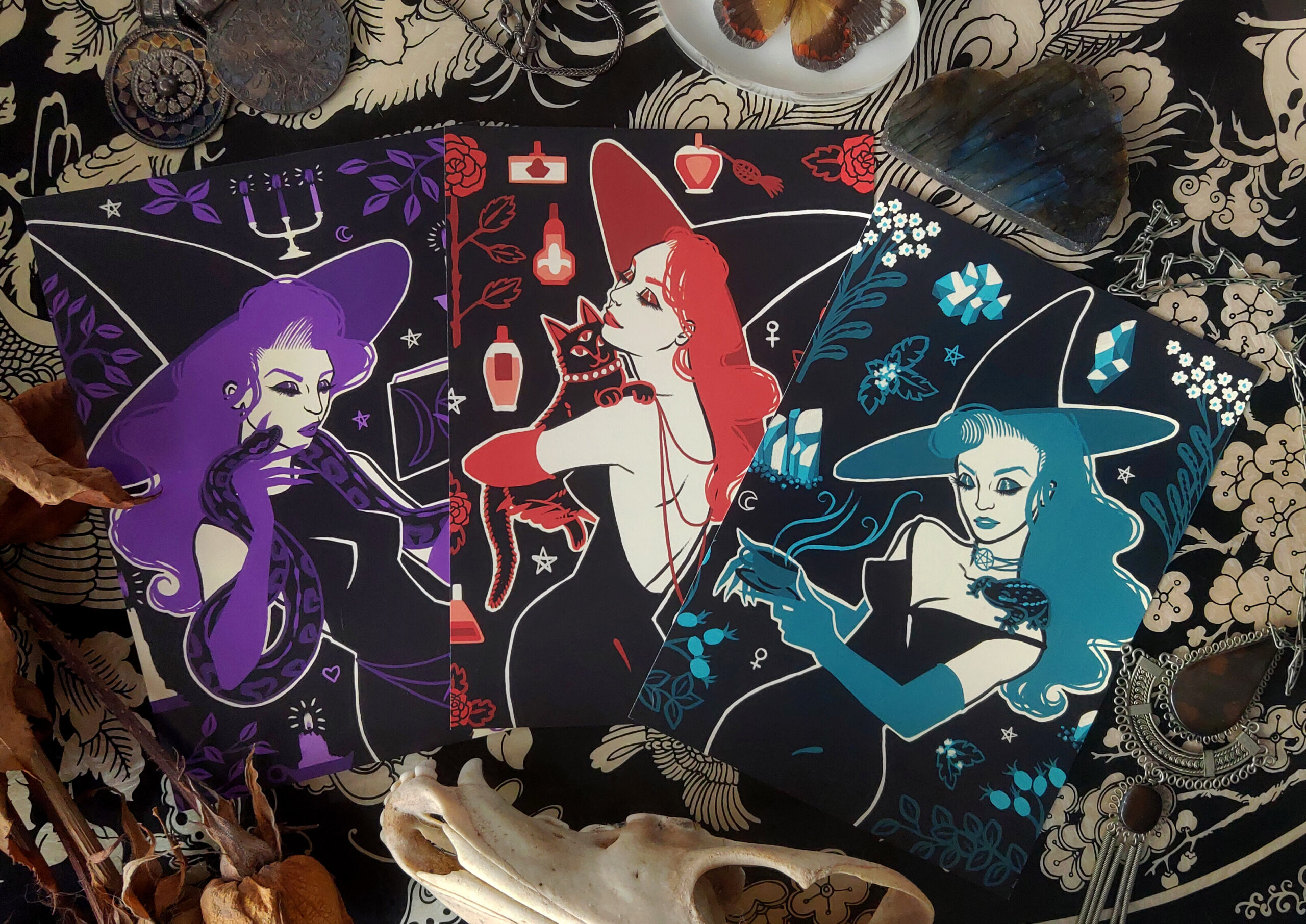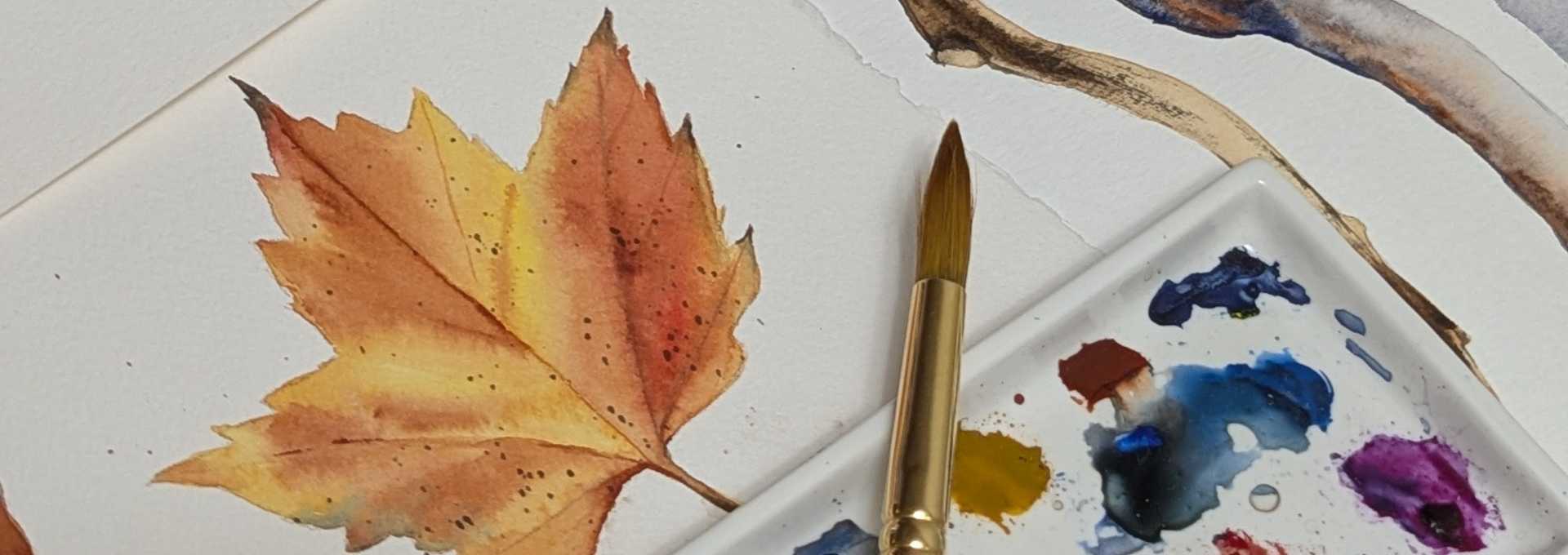By Wade Kinley
Where do we stand? What do we stand for? And how much of any of it can we stand?
These questions are at the heart of the first exhibition at the SFU Gallery in almost two years. The view from here: Collections from the SFU Art Collection brings together pieces from five decades that explore what it means to occupy a space, and in particular to the natural surroundings of this land we call British Columbia, what happens to that space when we occupy it, by right or by might.
As curator Karina Irvine puts it, “These artworks reflect on the shared sacrifices of bodies and land at the expense of a capitalist economy and the critical importance of embracing an ethos of sustainability.”
As you enter the gallery, Allyson Clay’s Stereo Library: Double Tower presents a split-screen of the ubiquitous glass high-rise towers of BC’s most populous city and a mirror, immediately inviting you to put yourself inside the space of occupation and gentrification, and begin to examine your own role in it.
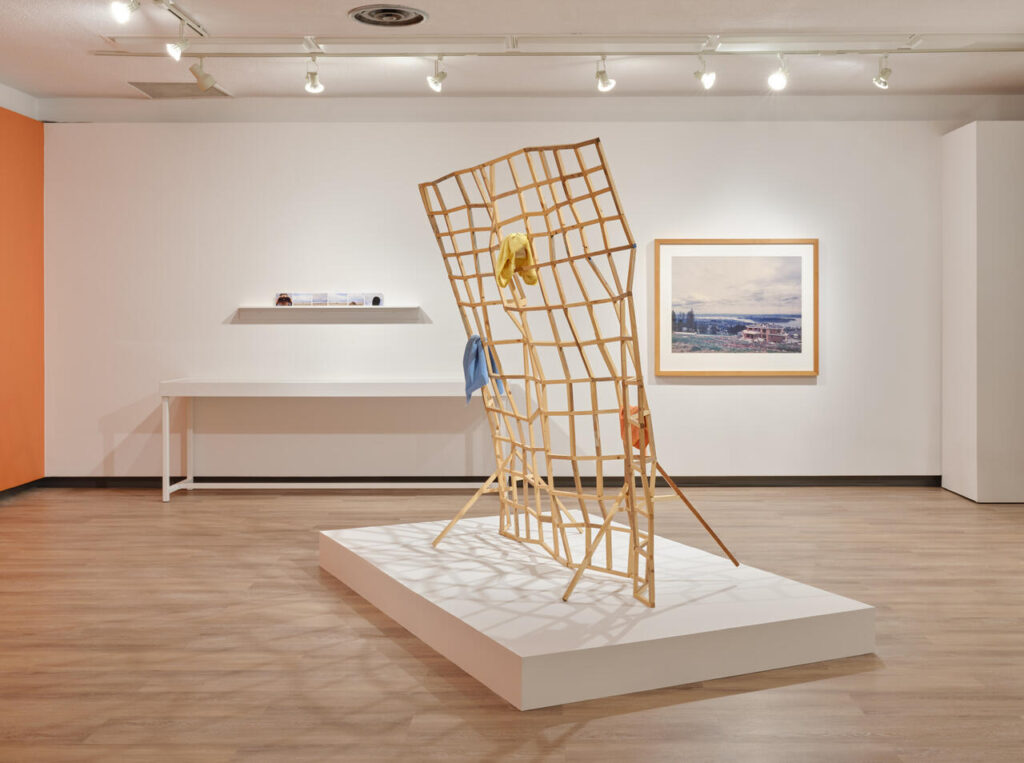
A collection of classic punk rock songs with something to say about the politics of wealth and capitalism, as only punk rock songs can, tear through the headphones of 10 Riot Songs by Vancouver artists and musicians Cranfield & Slade. They appear to emanate from a blood-red vinyl record like a bullet hole wound, a recording of a concert staged at the Candahar House during the 2010 Olympics, an event itself marked by angry protests against displacement in the name of capitalist gain.
In Mountain View, a triptych of photographs by Sandra Hanson, we see what from afar look like very familiar alpine landscapes, but in reality are very much man-made, and not just that, but made from what we have extracted from the earth for our own, also man-made, purposes: sulphur, wood and coal.
The neon yellow mountain of sulphur pictured here is very familiar to Vancouver residents, or anyone who has gazed out east from the Lions Gate Bridge, sitting as it does just across the water from downtown at North Vancouver Sulphur Works where it is processed from the Alberta tar sands and shipped worldwide. In this show, it appears two more times in other works (we’ll let you discover where on your own), again reminding us that while we stand in a room full of manufactured pieces of metaphor, we stand in an actual place in space and time. In fact, we stand within it, and our presence alters what we see.
